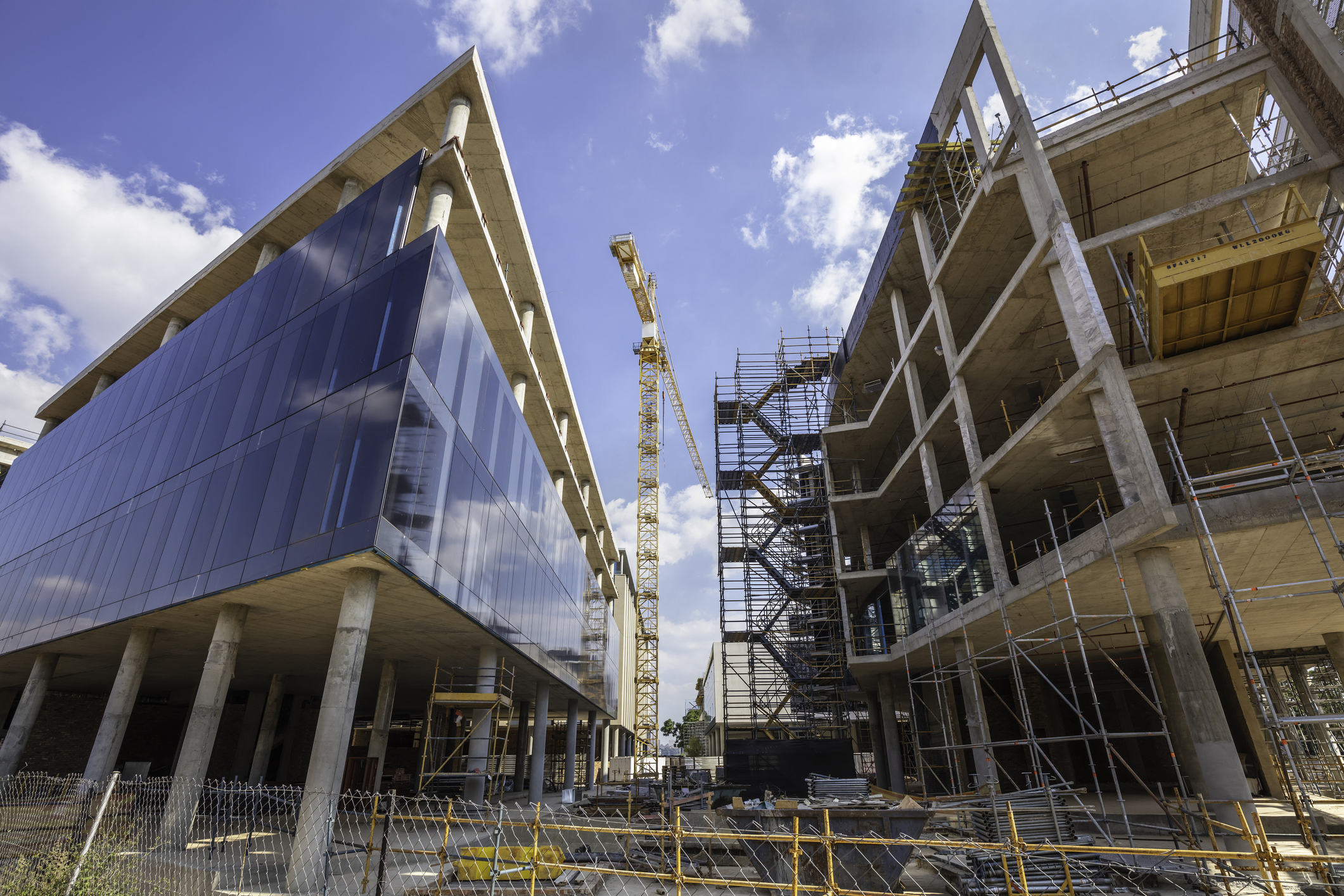New hospital construction projects involve highly specialized, complex, and expensive endeavors. The construction of new hospital buildings require significant oversight because of patient safety and health requirements, strict regulations and advanced technology that need to be accommodated.
Hospital decision makers face mounting pressures to do more with less while delivering quality patient care. Consequently, hospital construction projects must contain costs and extract maximum value for each capital dollar invested.
Here are six vital elements for delivering a facility that will meet your needs:
1. Include all stakeholders
When assembling the project team, make sure membership includes hospital board members, administrators, physicians and nurses. Do not exclude from the process x-ray, PT and rehab, respiratory therapy, and other staff that will need to buy into the project. Team members must undergo a rigorous review process to ensure they have experience with the type of construction project. They should also have familiarity with the requirements for hospital architecture as well as pertinent local and national regulations.
2. Hire experts to assist the process
Deloitte Financial Advisory Services recommends that hospital decision-makers employ highly qualified consultants, architects, engineers, and construction managers that have experience with your model. The integrated project delivery method recommends that you establish partnerships with all of the key players in the project "on day one.” The collaboration process includes working with project design, costs and scheduling. Team members should also provide input on how things can be done more efficiently and cost-effectively.
3. Integrated design method
Many decision makers embrace the "integrated design” method to ensure the construction of a high performance hospital facility at a reduced cost and with less risk. Integrated design produces energy, economic and environmental benefits for patients, staff and hospital administrators. The process results in a dynamic, energy-efficient facility that is comfortable and adds to the organization's bottom line.
For example, utilizing the integrated design method to reduce loads and right-size or do away with equipment can result in lower mechanical, electrical and plumbing costs.
4. Make sure the project is feasible
It is very important to ensure that the construction project is financially and physically feasible. This requires an alignment of the budget with the project’s scope. Start by evaluating the physical constraint of project and any environmental challenges. You should also conduct a careful evaluation of any potential risks prior to starting the project.
Prepare a detailed business plan that includes the following items:
- Sources of funds
-
Costs for site development
-
Market factors
-
Project outcomes
-
Project schedule
-
Operational considerations
Make sure that you secure staff "buy-in" for the project and resolve any concerns that can have a long-term impact on its success.
5. Integrated risk management for your project
Integrated risk management refers to a process that identifies, evaluates, manages, and monitors the risks associated with a construction of a new hospital building. Risks may include budget and cost overruns, scheduling delays, financing and credit risks, regulatory compliance, and operational impact. Create a comprehensive plan that allocate resources, minimizes exposures and reduces the cost of risks.
6. Integrated project delivery (IPD)
IPD denotes the process of bringing together the project architects, engineers construction managers to work together to in a collaborative effort, which can reduce costs and speed up the project’s completion. In its response to a construction and design survey, Gilbane Building Co, a Chicago-based building firm, whose public and private portfolio includes hospitals, says that when employing IPD early on ”the integrated team institutes open, collaborative, project-oriented goals, which result in cost-effective and timely built facilities that are of the highest quality.”
Your Turn: We've listed six vital elements for delivering a facility. Did we miss anything? We’d love to hear your thoughts in the comments below!
About CME: CME Corp is the nation’s premier source for healthcare equipment, turnkey logistics, and biomedical services, representing 2 million+ products from more than 2,000 manufacturers.
With two corporate offices and 35+ service centers, our mission is to help healthcare facilities nationwide reduce the cost of the equipment they purchase, make their equipment specification, delivery, installation, and maintenance processes more efficient, and help them seamlessly launch, renovate and expand on schedule.


.png?height=100&name=Cindy%20Headshot%20(2).png)
